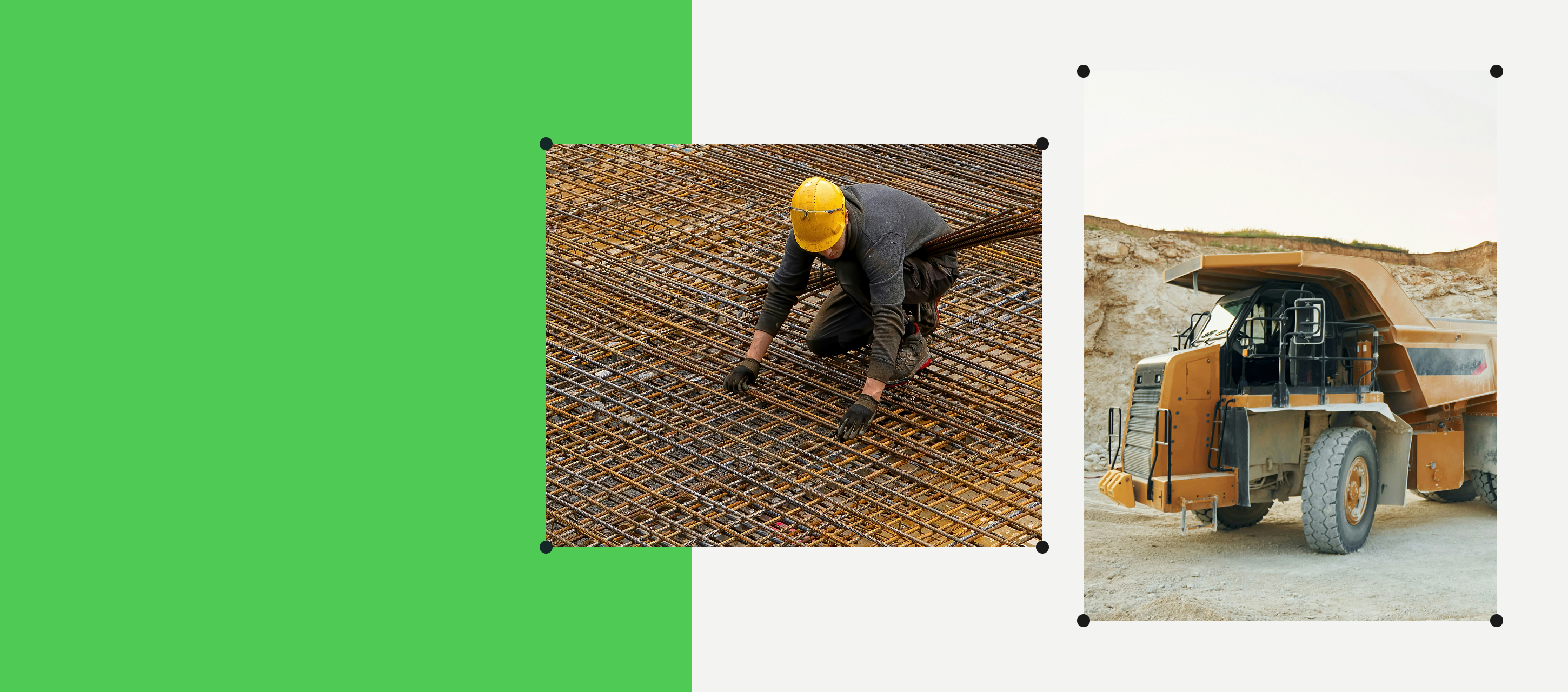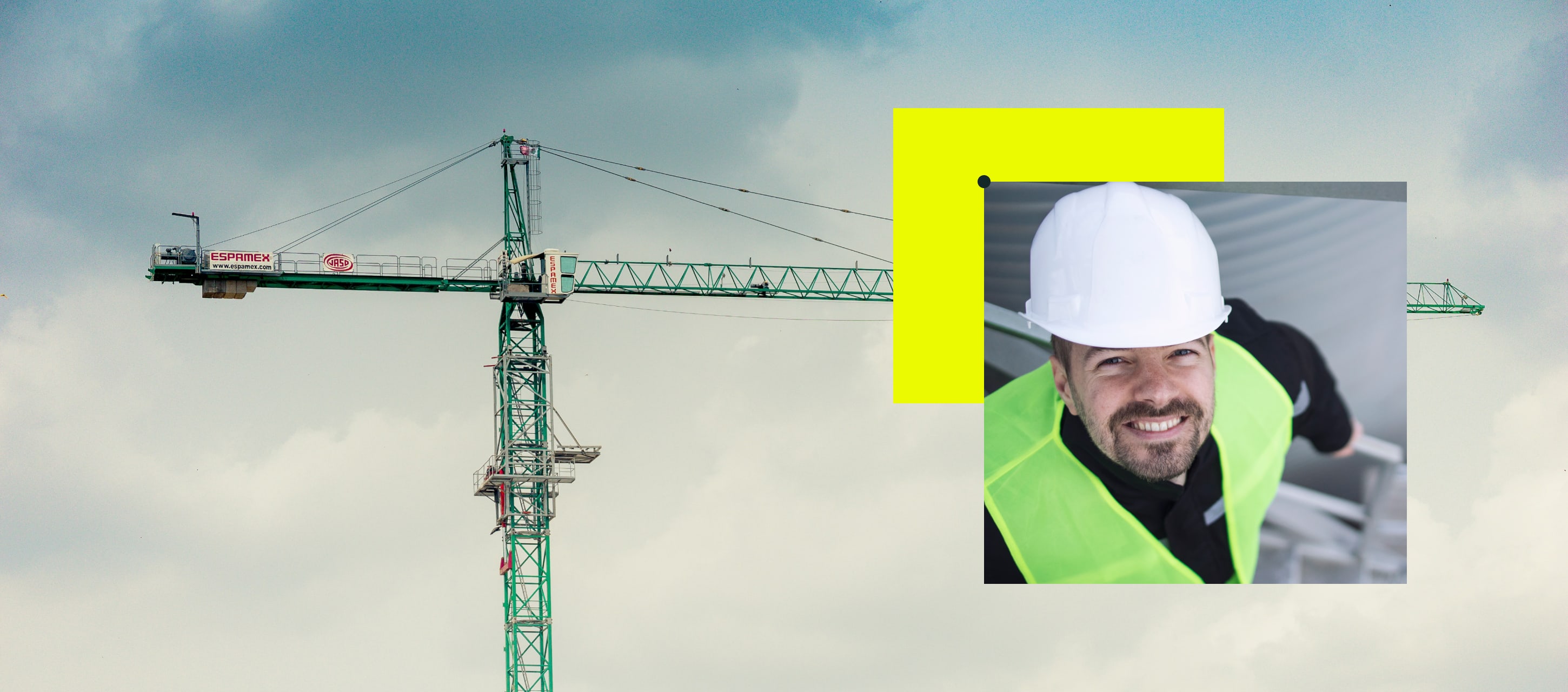Your business can only expect to be profitable if you have a sound budget and cost control in construction. That fact is more true than ever because input prices have seen continual increases.
How can you address budget challenges like constant change orders and supply chain issues? Review the following tips for better construction cost control.
Contents:
What Is Cost Control in Construction?
Construction cost control is all about keeping project expenses within budget by managing what you pay for materials, labor, and overhead.
But it goes beyond just finding the lowest prices. Cost control in construction management ensures that every dollar spent delivers maximum return on investment. To succeed, you need strong skills in:
- Cost estimation
- Budgeting
- Cost tracking and reporting
- Data and cost analysis
- Budget and schedule adjustments
Simply put, cost control isn’t just a one-time action at the start of the initial project budget – it’s a constant effort throughout the entire project lifecycle. This ongoing approach allows you to stay agile, adjust to unexpected changes, and avoid burning through your cash reserves.
In turn, you gain a competitive advantage, which enhances your reputation and builds trust with clients. Plus, a well-run project boosts relationships with employees and contractors who will see your company as reliable and efficient.
What Does the Construction Cost Control Process Look Like?
Here’s how the cost control process plays out, from start to finish:
1. Costs Estimation
Before construction even begins, it’s crucial to get a clear picture of costs. Gather your project owner, construction manager (CM), project manager (PM), general contractor (GC), and subcontractors to review the project scope and assign realistic costs to materials, labor, equipment, and permits.
Rather than guessing, rely on data from past projects and current market rates. Accurate estimates set the stage for successful cost control.
2. Creating a Budget and Schedule
Once you have the estimates, it’s time to create a realistic budget and timeline. If you aim too high without considering limitations, you’re setting yourself up for cost overruns and delays.
Be realistic – this will guide your team in refining the project design and setting achievable goals. With the budget and schedule finalized, funds can be allocated, and the project can proceed with clear cost control during construction.
3. Expenses Monitoring and Documentation
Keeping an eye on expenses is where many projects slip up. The GC, PM, and CM must constantly track costs and compare them to the budget. This requires a system where contractors, suppliers, and supervisors regularly submit financial updates.
Using tools for construction workflow management ensures that all the important data is documented and accessible, preventing budget-busting surprises.
4. Variance Analyses
A variance analysis compares your predicted outcomes with what’s actually happening on-site. Whenever your actual costs and timelines deviate from your plans, find out why.
Document the causes, share them with stakeholders, and make necessary adjustments. These insights are also key for the final project review.
5. Post-Project Review
After the dust settles, it’s time for the final analysis. Even if your project came in on budget, there’s always something to learn. A thorough post-project review allows you to pinpoint areas for improvement and replicate your successes in future projects. “Experience is the best teacher” applies here – learning from both successes and mistakes prepares you for even better outcomes next time.
Learn More Learn More 15 Procore alternatives for construction management
3 Methods of Cost Control in Construction
Now that you know the process, let’s explore some strategies for tightening up cost control.
1. Careful Change Order Management
Change orders are a notorious budget-buster. By clearly outlining the project scope and responsibilities upfront, you can keep them to a minimum.
For example, if a specific material is unavailable, a structured change order process will ensure all changes are tracked, documented, and approved, reducing the chance of disputes and unnecessary costs.
2. Contingency Funds
Even the best-laid plans go awry. Equipment can break, weather can delay work, and prices for materials can skyrocket overnight. That’s why it’s smart to build a contingency fund into your budget.
Whether it’s a contractor or owner contingency, having extra funds on hand keeps your project from grinding to a halt when the unexpected happens.
3. Effective Communication
Clear communication is one of the simplest yet most overlooked tools for controlling costs. Keeping everyone on the same page, especially when changes arise, reduces costly delays.
A good move can be using project management tools like Fluix that can help ensure that every team member is updated in real-time, cutting down on miscommunications and unnecessary site visits.
5 Tips to Improve Cost Control in Construction
Here are some additional suggestions to make your construction cost control strategy even more effective.
1. Set the Correct Metrics
To know if your cost control efforts are working, you need the right metrics. These may be:
- Cost variance: The difference between the budgeted and actual cost
- Schedule accuracy: How closely your team stuck to the original schedule
- Change order time to adoption: The time it takes to reach an outcome after you implement a change
Cost performance index: A cost efficiency measurement that divides a project’s earned value by the actual cost
By regularly tracking them, you can spot problems early and make corrections before they escalate.
2. Invest in Construction Management Software
Trying to manage costs manually? That’s like driving a car blindfolded. Using construction field management software like Fluix gives you real-time access to critical data, making it easier to adjust budgets, track expenses, and keep the project moving smoothly.
And CoConstruct is ideal for home builders and remodelers and their client communication, scheduling, and budgeting in one place. And Sage 300 Construction can provide detailed financial management features, including budgeting, payroll, and project cost control.
3. Create Backup Plans
Have you ever had a project where everything went according to plan? Neither have we. Something is bound to go wrong, so it’s smart to have backup plans for how to respond.
By having a backup plan for equipment failures or material shortages, you’ll keep the project moving forward without unnecessary panic.
4. Regularly Update Estimates
The market is always changing – prices fluctuate, supply chains shift, and labor costs rise. Keeping your estimates up-to-date ensures you won’t get caught off guard by unexpected expenses. Luckily, with digital tools and construction digitalization, updating estimates is as simple as clicking a button.
5. Try Participative Budgeting
One of the smartest moves you can make is to involve lower-level supervisors and crew leaders in the budgeting process.
When they have a say, they feel a sense of ownership and are more likely to stick to the plan. Plus, their insights into day-to-day operations can help prevent cost overruns.
Last Word
Cost control in construction is not just about sticking to a budget – it’s about creating a roadmap for success. By accurately estimating costs, continuously monitoring expenses, and using the right tools, you’ll keep your project on track and your profits secure.
Are you ready to make your next project a financial success? With the right tools and planning, you can get there faster than you think!






